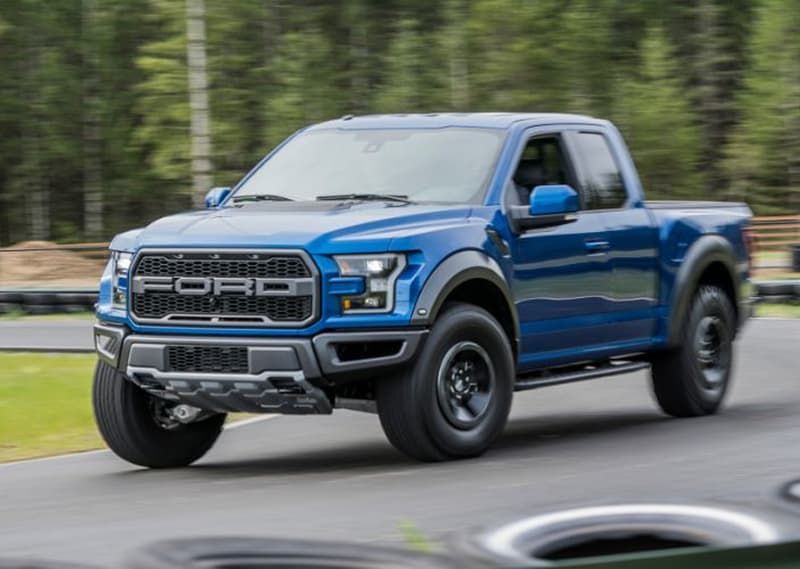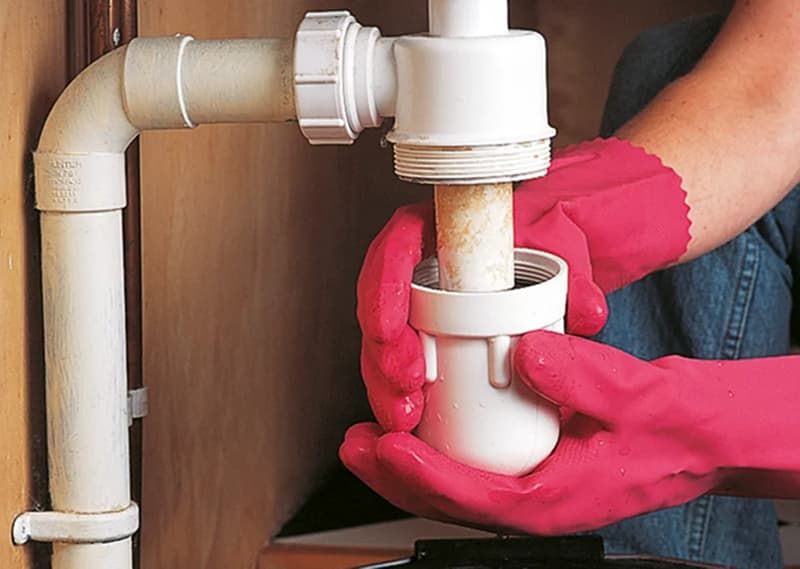Unwritten Rules for Buying a Used Pickup Truck
When buying a used pickup, the conversation typically stops at mileage, cosmetics, and service records. But seasoned veterans know that burrowing into a truck’s history and mechanical subtleties can reveal hidden landmines and opportunities that most sellers — and some buyers — simply don’t think about. Following are some outside-the-box strategies and hard-learned no-nos that separate savvy shoppers from costly mistakes.

Decode the Truck’s Work History Through Subtle Clues
When shopping for a used pickup truck, don’t just look at the service records. Search for “occupational fingerprints” – scratches on the truck bed surface are a sign of frequent hauling, and clean tow hitches on high-mileage trucks signal underutilized capacity. Inspect bedliner wear patterns; concentrated wear near the tailgate usually signifies heavy equipment loading. Check suspension components; sagging leaf springs or uneven tire wear are signs of chronic overloading beyond manufacturer specs. Look for aftermarket wiring behind the dash – amateur light or trailer brake installations typically precede electrical gremlins.
The Frame Rust Paradox
Rust is a universal problem when buying a used vehicle, but not all corrosion is created equal. Isolate cosmetic from structural degradation with a magnet test. Surface oxidation is simply flaked off with a fingernail and is of little threat, while scale corrosion (magnet won’t adhere) is severe. Perforation, as indicated by holes in frame rails, is a deal-breaker. Take a close look at crossmember junctions and fuel tank brackets – stress areas even on Southern-state trucks. On trucks like the 2007-2013 Toyota Tundra, preemptively inspect the rear frame kick-ups where road salt accumulates.
The Forbidden Truth About Mileage
Mileage is often misunderstood as the sole indicator of a vehicle’s well-being. Favor highway-driven work trucks (e.g., 150k miles) over short-trip “grocery haulers” (e.g., 80k miles). Diesel engines, such as the Ford Power Stroke 6.7L, are built for continuous loads – 300k miles is not an issue if it’s accompanied by complete DEF system records. Gas V8s, such as the GM 5.3L EcoTec3, accumulate carbon buildup due to excessive idling – need intake manifold inspection photos.
The Parts Obsolescence Trap
Assuming OEM parts will still be available is costly. Cross-reference obsoleted parts with manufacturer databases. For example, investigate availability of aluminum body panels on the Ford F-150 (2015-2020), verify remaining stock of ZF 8-speed torque converters for the Ram 1500 Classic, and check Cummins ISV5.0 injector supply chain status for the Nissan Titan XD. Create a spreadsheet comparing repair costs for three potential failure points specific to your target model.
Negotiation Tactics That Actually Work
Used car negotiating typically focuses on sticker price, but savvy buyers use “defect-based concessions.” Instead of negotiating sticker price, identify issues like non-functioning TPMS sensors and negotiate based on repair credits. For instance, propose a $300 repair credit in the dealer’s shop and $200 for the subsequent oil change. This approach preserves dealer margins while still realizing true value. For private parties, offer to do DMV paperwork for a 3% discount.
The Hidden Cost Matrix
Total ownership costs calculation is more than purchase price. Use a formula based on insurance, fuel, repairs (multiplied by 1.5 to account for undocumented issues), and depreciation. For example, a $25k Silverado 1500 might have $4,200/year total cost versus $3,500 for a comparable F-150. This big-picture view enables buyers to make informed decisions based on long-term costs rather than just up-front purchase price.
The Professional Inspection Checklist
Have mechanics inspect often overlooked items on inspections. These include transfer case fluid color (cherry red, not milky), cab mount bushing condition (prevents unsafe body flex), exhaust manifold warping (ticking noise on cold start), and PTO (Power Take-Off) operation if so equipped. Insist on the removal of at least one wheel to inspect brake rotor thickness and hub bearing play.
To Sum Up
By employing these tradecraft skills – from deciphering occupational wear patterns to estimating actual depreciation – consumers can purchase trucks that run better than their stickers. Remember: In the used pickup truck market, knowledge doesn’t just equal power; it stems financial bleeding.
 Disclaimer:
Disclaimer:
The content provided on our blog site traverses numerous categories, offering readers valuable and practical information. Readers can use the editorial team’s research and data to gain more insights into their topics of interest. However, they are requested not to treat the articles as conclusive. The website team cannot be held responsible for differences in data or inaccuracies found across other platforms. Please also note that the site might also miss out on various schemes and offers available that the readers may find more beneficial than the ones we cover.
Featured Articles
-
 Home & Garden
Home & GardenHow to Create a Low-Maintenance Vegetable Garden
-
 Home & Garden
Home & GardenSecrets of Ideal Timing for Picking Garden Vegetables
-
 Home & Garden
Home & GardenThe Easiest and Most Secure Method to Clear the DrainPipe System
-
 Finance
FinanceWhat You Must Learn Before Investing in Gold
-
 Health & Wellness
Health & WellnessWhy We Need to Stop Eating Plastic And the 7 Everyday Items Making It Worse
-
 Home & Garden
Home & Garden8 Kitchen Implements Chefs Depend on but Home Cooks Overlook




